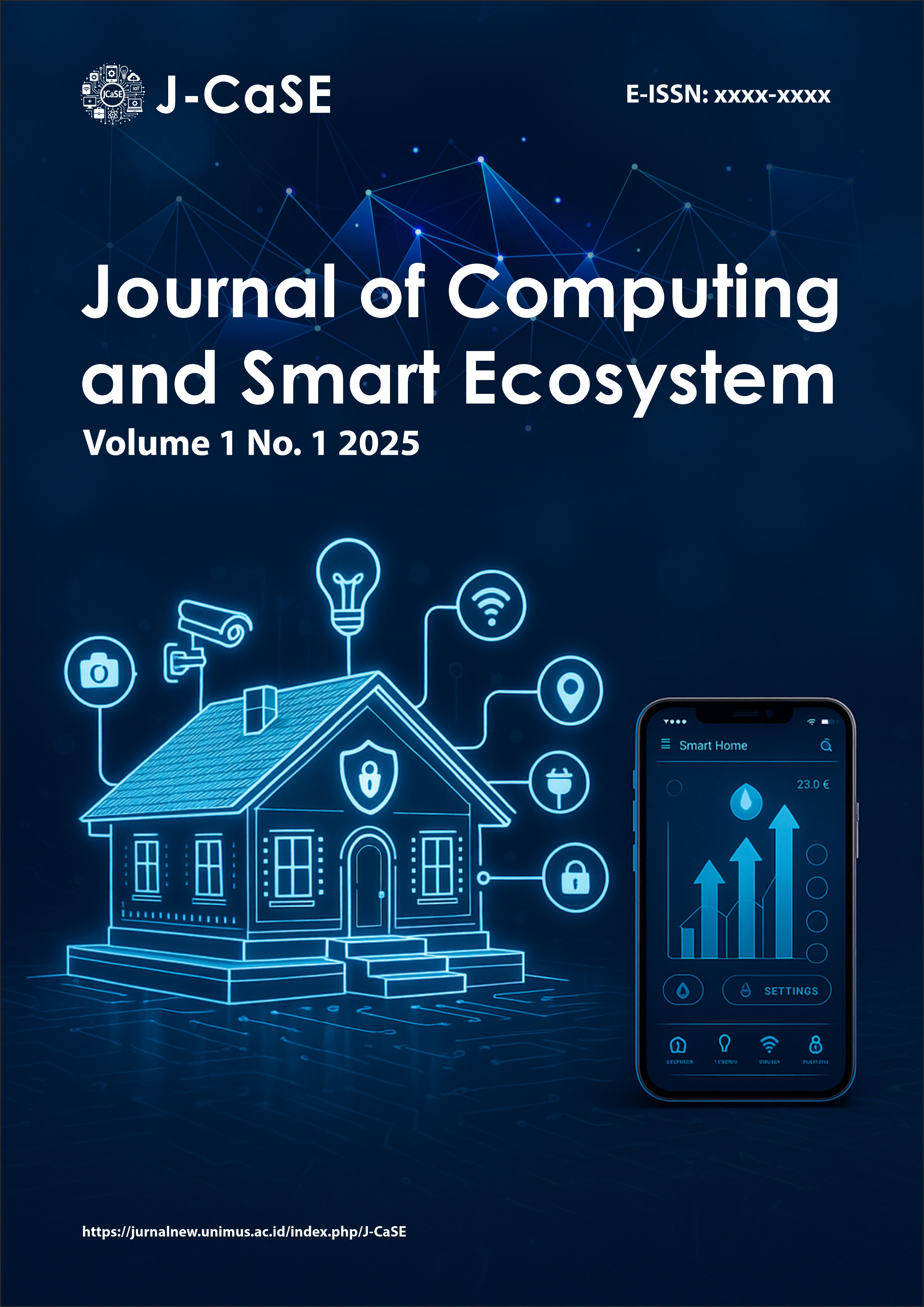Enhancing Conceptual Understanding of the Solar System Through 3D Augmented Reality in Primary Education
Keywords:
Augmented Reality (AR), EduPlanet, Solar System, Educational Application, Interactive LearningAbstract
The advancement of digital technologies has introduced new methods in science education, including the use of Augmented Reality (AR). Traditional astronomy instruction often relies on two-dimensional media, which limits students’ ability to visualize and interact with celestial phenomena. This paper presents EduPlanet, a 3D AR-based educational application designed to enhance students’ understanding of the solar system. The application allows users to explore planets interactively, visualize orbital movements, and access informative content in real time. Developed using Unity and Vuforia SDK, EduPlanet consists of three main modules: learning content, marker-based AR visualization, and a quiz system with instant feedback. Functional testing using the Black Box method confirmed that all features performed as intended. Informal usability testing with elementary school students showed high levels of engagement, particularly in the AR and quiz components. The findings suggest that EduPlanet offers an effective and accessible tool to support astronomy learning in primary education, with potential for broader application in digital science pedagogy.
References
J. Bruner, Toward a Theory of Instruction, Cambridge, MA: Harvard University Press, 1966.
J. Piaget, The Origins of Intelligence in Children, New York: International Universities Press, 1952.
L. S. Vygotsky, Mind in Society: The Development of Higher Psychological Processes, Cambridge, MA: Harvard University Press, 1978.
A. Matin and B. Utomo, “Designing Augmented Reality Applications as Solar System Learning Media in Grade 6,” Int. J. Integr. Sci. Technol., vol. 1, no. 2, pp. 65–72, 2023.
M. A. Putra, Madlazim, and E. Hariyono, “Exploring Augmented Reality-Based Learning Media Implementation in Solar System Materials,” Int. J. Recent Educ. Res., vol. 5, no. 1, pp. 29–41, 2024.
I. Hidayat, “Science Learning Media for Solar System Materials through Augmented Reality: Effectiveness for Grade VI Elementary Students,” Int. J. Integr. Sci. Technol., vol. 2, no. 1, 2024.
Á. Vidák, I. Movre Šapić, V. Mešić, and V. Gomzi, “Augmented Reality Technology in Teaching About Physics: A Systematic Review,” arXiv preprint arXiv:2301.03741, 2023.
R. E. Mayer, Multimedia Learning, 3rd ed., Cambridge: Cambridge University Press, 2020.
M. Z. Zahran, A. Samsudin, A. Suhandi, et al., “Development of Augmented Reality for Special Education Needs (ARSEN) to Enhance Students’ Scientific Conceptions of the Solar System,” Multidiscip. Sci. J., vol. 7, no. 11, May 2025.
A. P. Pérez-Pérez et al., “Effectiveness of an Augmented Reality Astronomy App for Middle School Education: A Quasi-Experimental Study,” Int. J. STEM Educ., vol. 11, no. 1, 2024.
S. Sallú, Y. Harsono, and O. Fajarianto, “Implementation of Waterfall Method in Model Development to Improve Learning Quality of Computer Network Courses,” J. Teknol. Pendidik., vol. 25, no. 3, pp. 496–513, Dec. 2023.
W. N. A. Wan Ali and W. A. J. Wan Yahaya, “Waterfall-ADDIE Model: Integration of Software Development Model and Instructional Systems Design in Developing a Digital Video Learning Application,” Asian J. Teach. Learn. Higher Educ., vol. 15, no. 1, June 2023.
R. Achmad et al., “Development of ARSy for elementary solar system learning and evaluation using user experience questionnaire,” MATEC Web Conf., vol. 372, no. 09002, 2022.
E. Ferrari, P. Herrero Teijón, and C. Ruiz, “Unlocking the cosmos: Evaluating the efficacy of augmented reality in secondary education astronomy instruction,” J. New Approaches Educ. Res., vol. 13, no. 1, 2024.
G. Lampropoulos, “Teaching and learning natural sciences using augmented reality in preschool and primary education: A literature review,” Adv. Mobile Learn. Educ. Res., vol. 4, no. 1, pp. 1021–1037, 2024.
A. Vidák, I. Movre Šapić, V. Mešić, and V. Gomzi, “Augmented reality technology in teaching about physics: A systematic review of opportunities and challenges,” arXiv preprint, arXiv:2311.18392, 2023.
Downloads
Published
How to Cite
Issue
Section
License
Copyright (c) 2025 Journal of Computing and Smart Ecosystems

This work is licensed under a Creative Commons Attribution-NonCommercial 4.0 International License.


